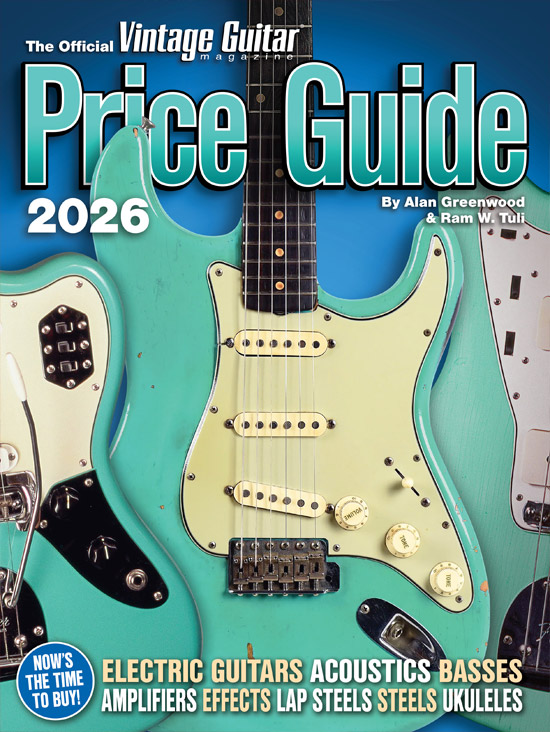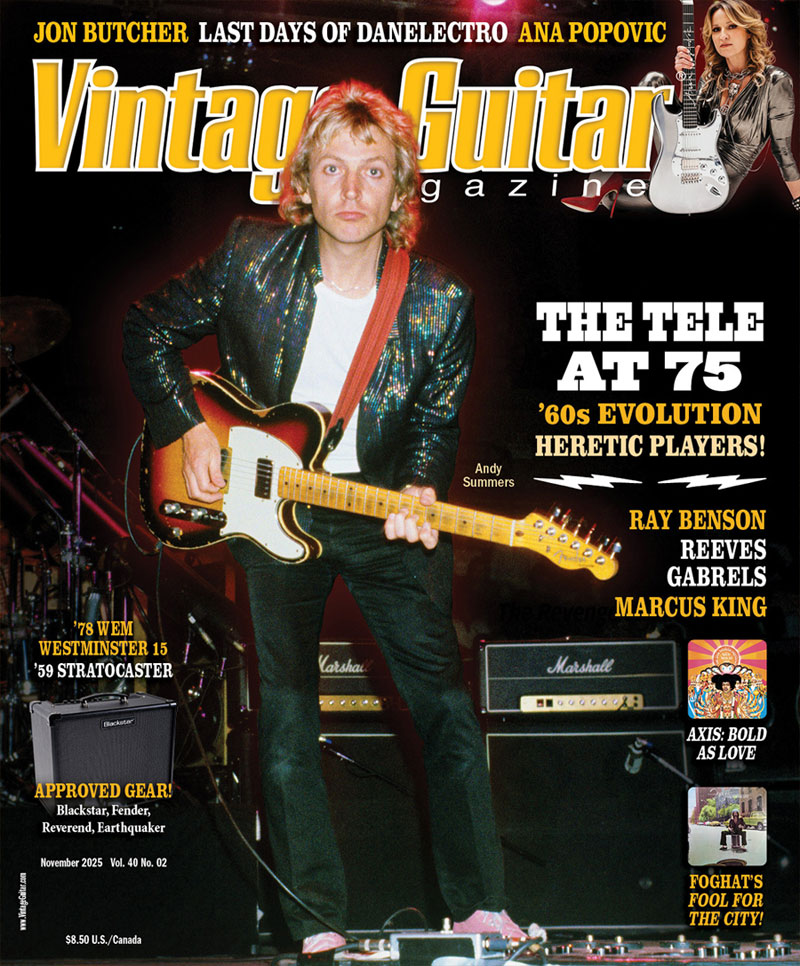


One question frequently asked by guitar players is how to set up effects and arrange them in a proper signal path. While there isn’t any “one and only” correct setup for effects, there are certain configurations that can produce better results in achieving specific types of sounds. Some work better than others, but anything is legal. Essentially, your own ideal setup depends on what you are trying to accomplish with the effects, and what sounds best to your own ears.
Many modern amplifiers include send and return jacks for an effects loop, but back in the old days there was no choice and if you used effects, everything went directly to the front end of the amp. There are certain effects that sound and function best when plugged into the front of the amp, particularly preamps and overdrives, and analog effects like flangers, phasers, and delays. Most vintage and vintage-style stompboxes were designed to be used in front of the amp. On the other hand, more modern digital effects often operate more quietly when placed in the amp’s effects loop.
If you use a lot of boxes or rackmount multi-effects processors, use them where they will function best. You can (and should) split up your boxes, directing them to the appropriate input.
Order Of Things
Let’s look at the full range of effects and discuss where they are usually positioned in a signal chain. Think about it logically: How does each effect change the sound, and how do you want them to function when used together? The idea is to use things that boost the signal in the front of the chain, then add the things that color the sound toward the end of the chain. Equalizers and volume pedals can be placed in front or back, depending on what you need them to do. Again, your ear will make the final call.
Typically, the first stop after your guitar is a preamp, which is used to boost a low-level signal, if you need one. Many players also place equalizers and volume pedals in the front of the line. Wah pedals and envelope filters should go next, then your compressor/limiters – devices that condense the dynamic range of the original signal to produce a more consistent range. Always place compressors in front of distortion and overdrive boxes for more sustain, which is what you would place next in the signal chain.
If you have two or more boxes for gain, place them from cleanest to dirtiest. Some like to mix different types of gain devices for different effects when playing rhythm and lead. Next in line, I’d suggest placing modulation effects (chorus, phaser, flanger, respectively). Then place your time effects, like analog and digital delay, and reverb at the end. Last in line is where you should use a noise gate or noise suppressor, if necessary. Noise gates can also be placed in front of reverb to decrease the noise of other effects. Many players also like to use an equalizer as a final tweak at the very end of the chain and/or a volume pedal as a master control before the amp. (Shown here are a few ways other players configure their pedalboards.
Cables, Cables, Cables…
I’ve said it before in this column, but I can’t say enough about the importance of using good cables. Think of your cable as the lifeline between your guitar and amp and how each break along the line will affect the sound coming out of your amp. If you are using any gear between your guitar and amp, you should be using good-quality cable in order to get the clearest, most powerful signal. Try to use the shortest lengths of cable possible between your effects (boxes and rackmount units) to avoid unwanted noise and signal loss. Every break in the signal path between the guitar and amp will create some degree of signal loss from the original signal. Using high-quality cables really does help maintain as much of the original, true signal as possible from your guitar.
Use this information as a guideline, and experiment with your tonal toys. Try variations and listen to the subtle differences between each organization to find out which works best.
This article originally appeared in VG July 2000 issue. All copyrights are by the author and Vintage Guitar magazine. Unauthorized replication or use is strictly prohibited.



